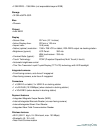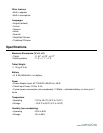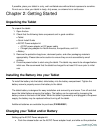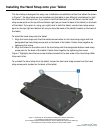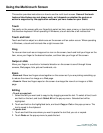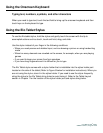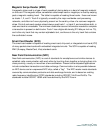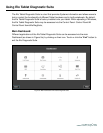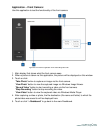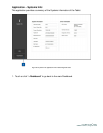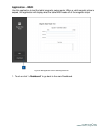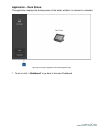User Manual: Elo
®
Tablet
SW602113 Rev C, Page 26 of 59
Magnetic Swipe Reader (MSR)
A magnetic stripe card is a type of card capable of storing data on a band of magnetic material
on the card. The magnetic stripe, sometimes called swipe card or magstripe, is read by swiping
past a magnetic reading head. The tablet is capable of reading three tracks - these are known
as tracks 1, 2, and 3. Track 3 is typically unused by the major worldwide card processing
networks, and often isn't even physically present on the card by virtue of a narrower magnetic
stripe. Point-of-sale card readers almost always read track 1, or track 2, and sometimes both, in
case one track is unreadable. The minimum cardholder account information needed to complete
a transaction is present on both tracks. Track 1 has a higher bit density (210 bits per inch vs. 75),
and is the only track that may contain alphabetic text, and hence is the only track that contains
the cardholder's name.
Smart Card Reader (SCR)
The smart card reader is capable of reading smart card, chip card, or integrated circuit card (ICC)
of many pocket-sized cards with embedded integrated circuits. The SCR is capable of reading
EMV (Europay, MasterCard, Visa) standard cards.
Near Field Communication (NFC)
Near field communication (NFC) is a set of standards for smartphones and similar devices to
establish radio communication with each other by touching them together or bringing them into
close proximity, usually no more than a few centimeters. Present and anticipated applications
include contactless transactions and data exchange. Communication is also possible between
an NFC device and an unpowered NFC chip, called a "tag". The NFC reader meets standards
covered by communications protocols and data exchange formats, and is based on existing
radio-frequency identification (RFID) standards including ISO/IEC 14443 and FeliCa. The
standards include ISO/IEC 18092 and those defined by the NFC Forum.



